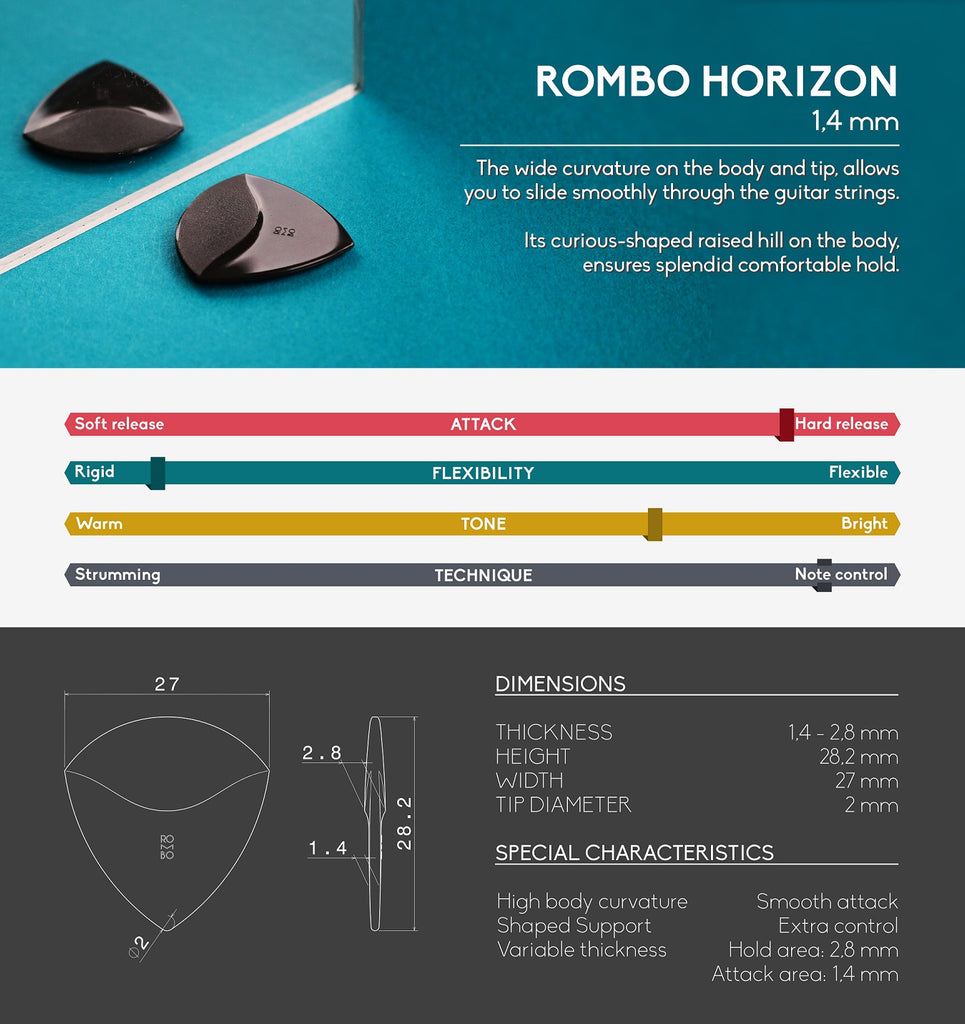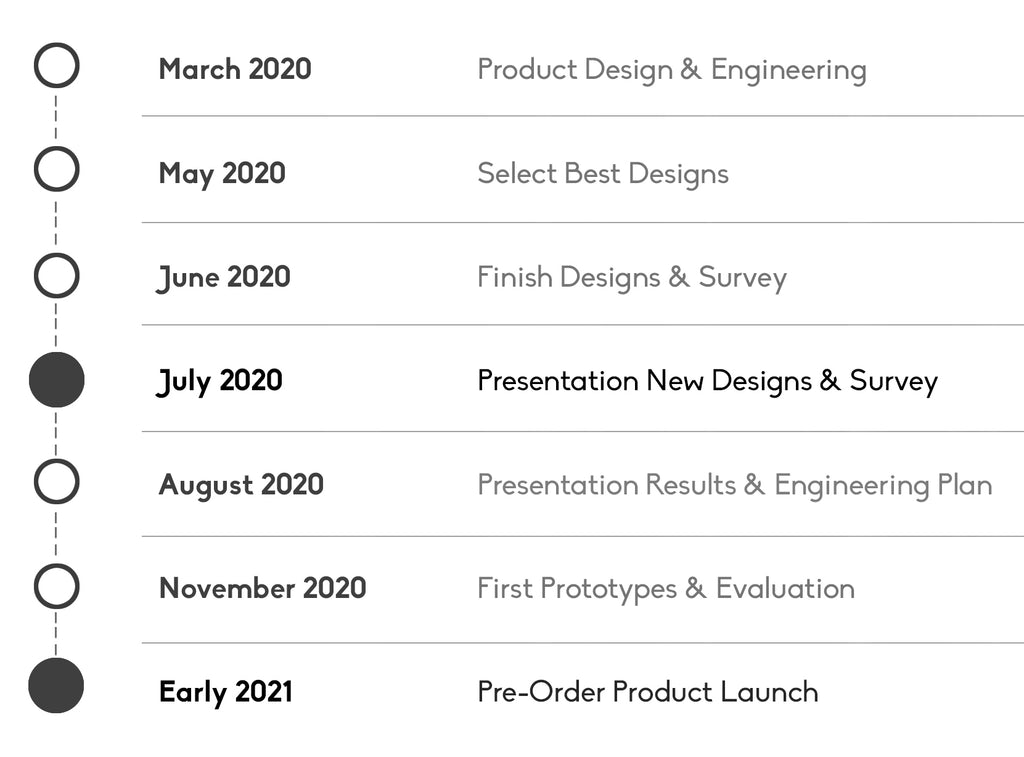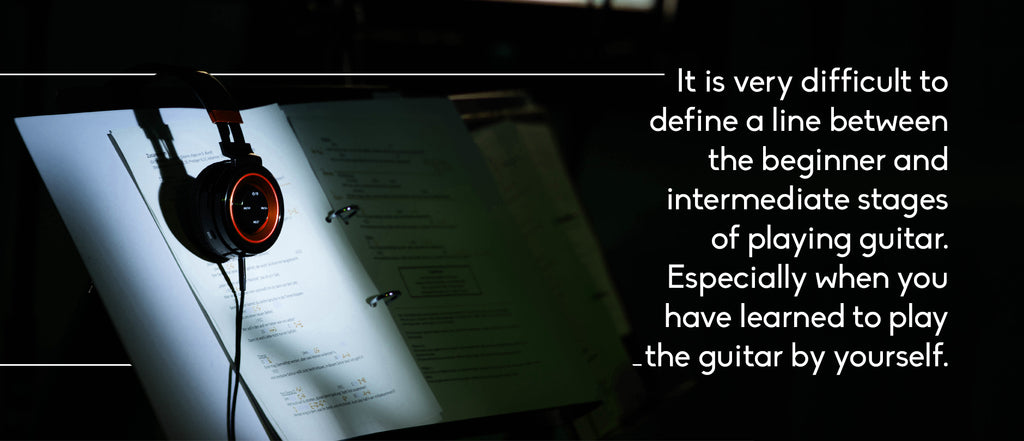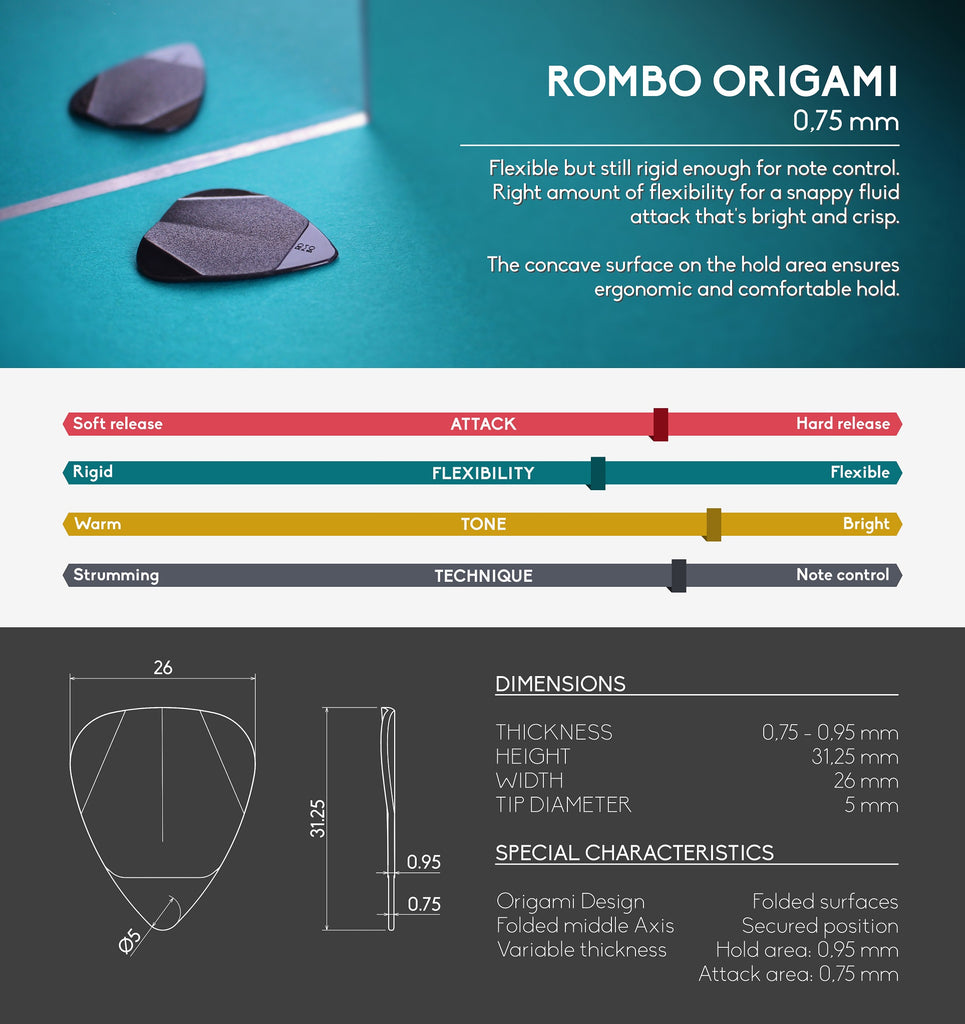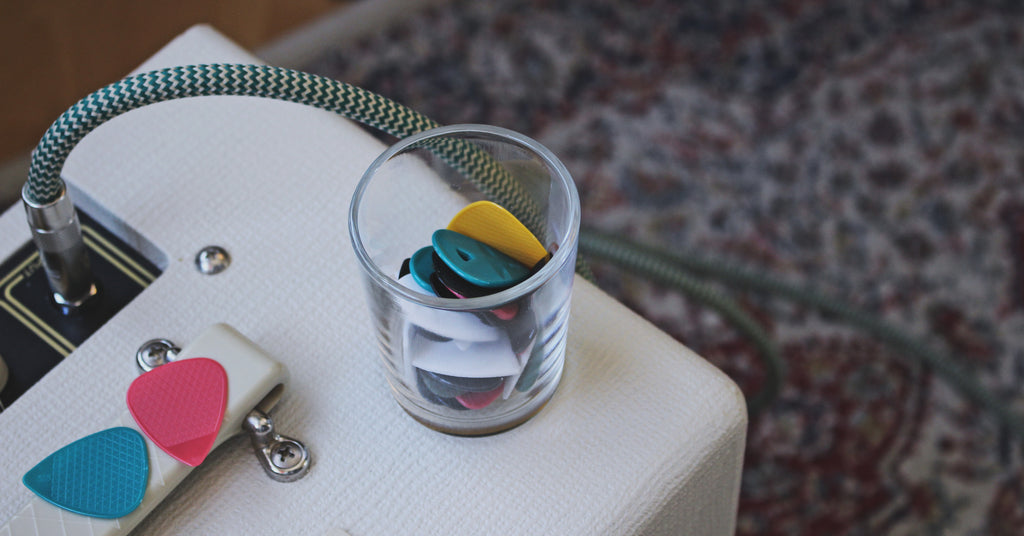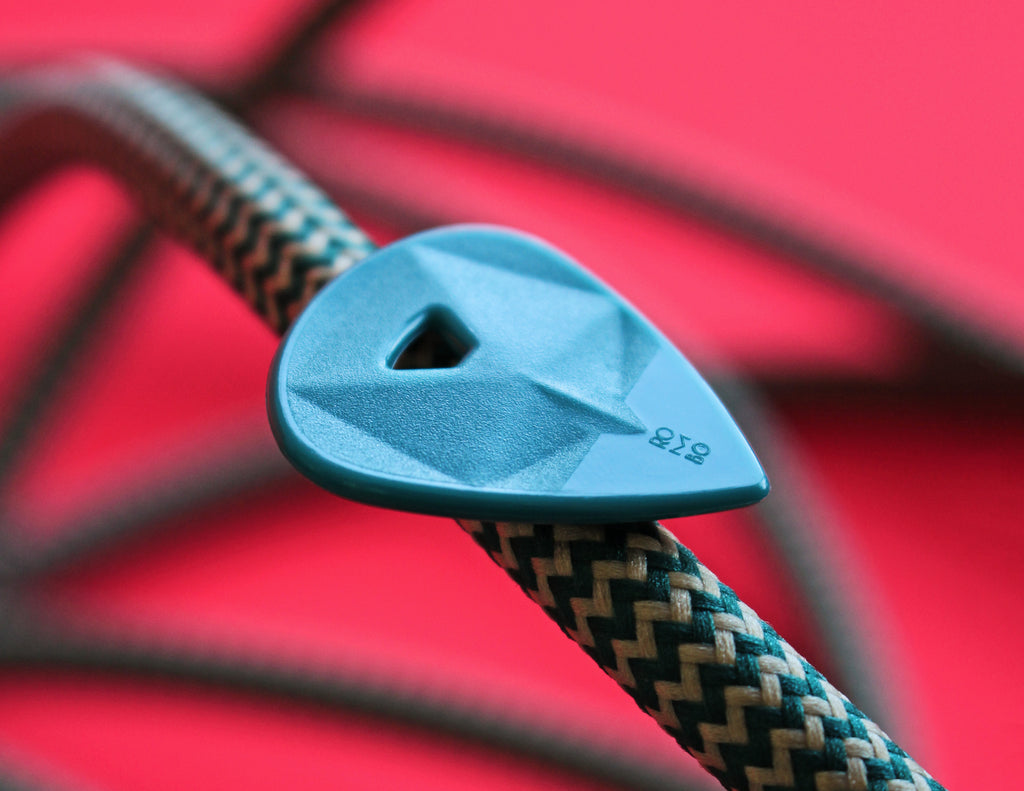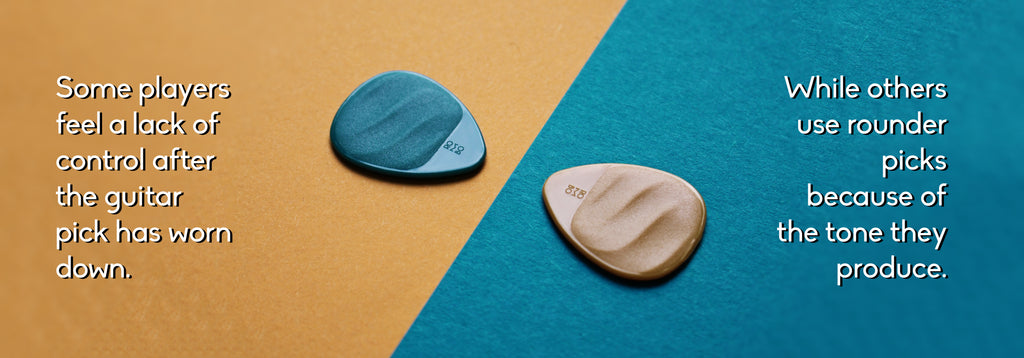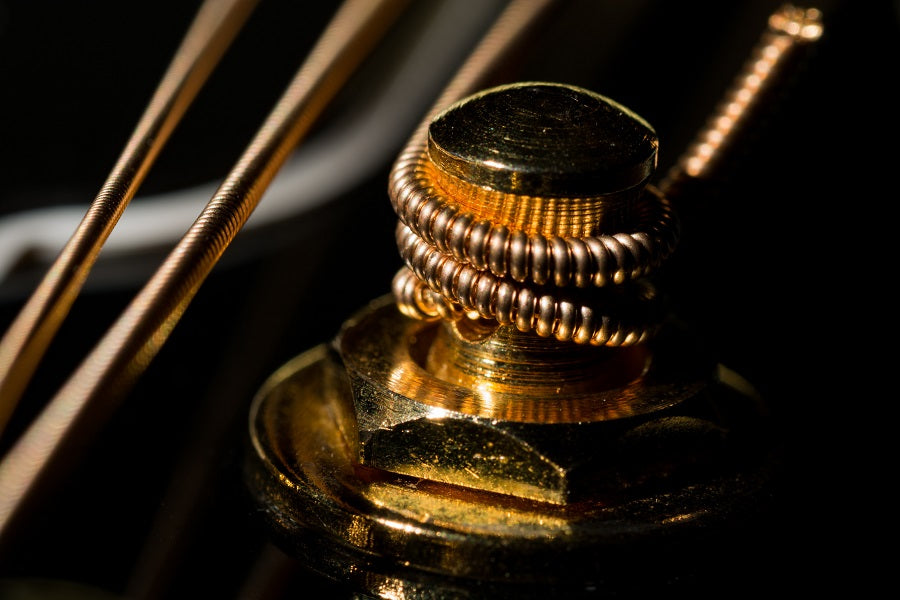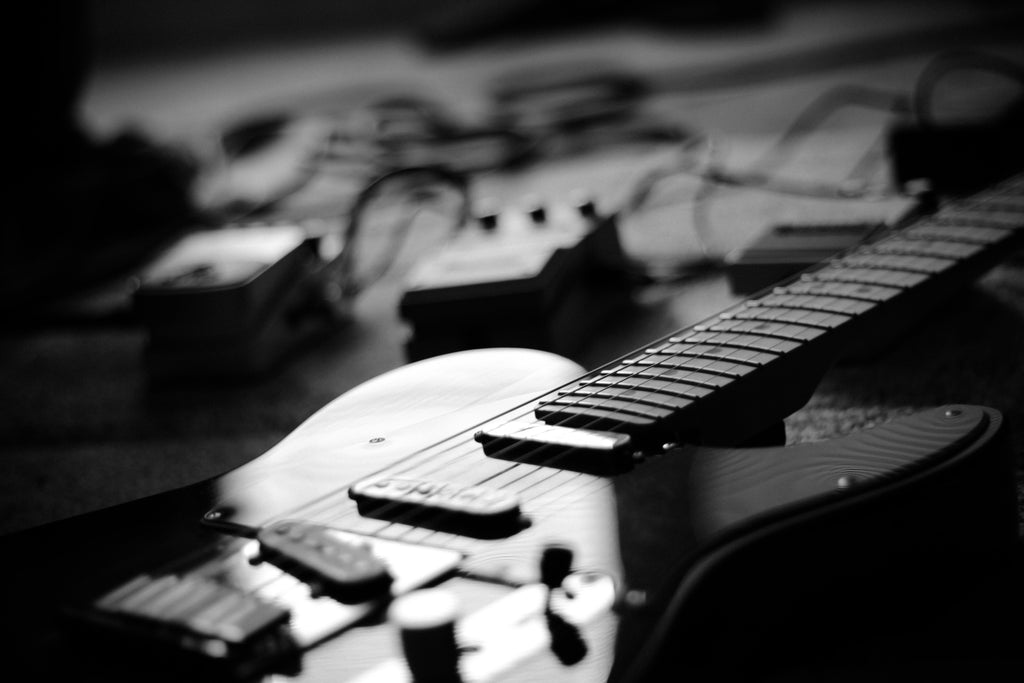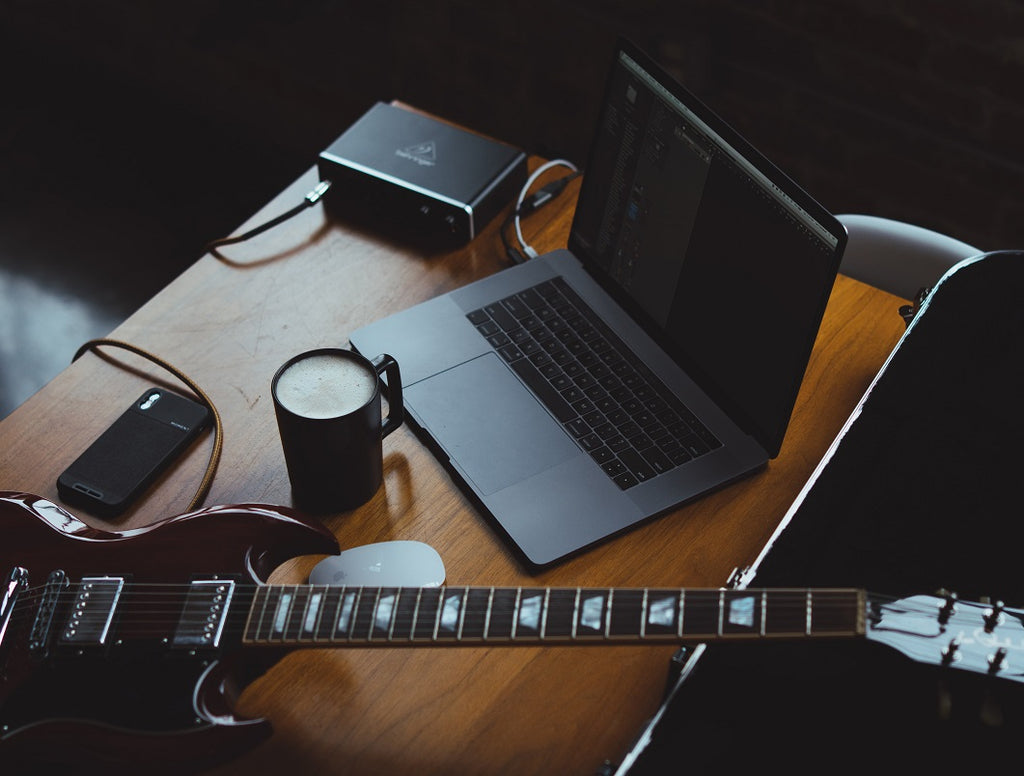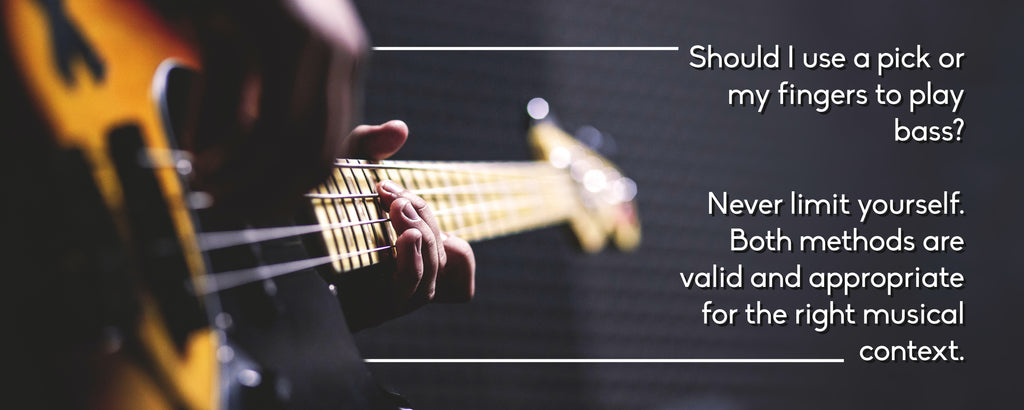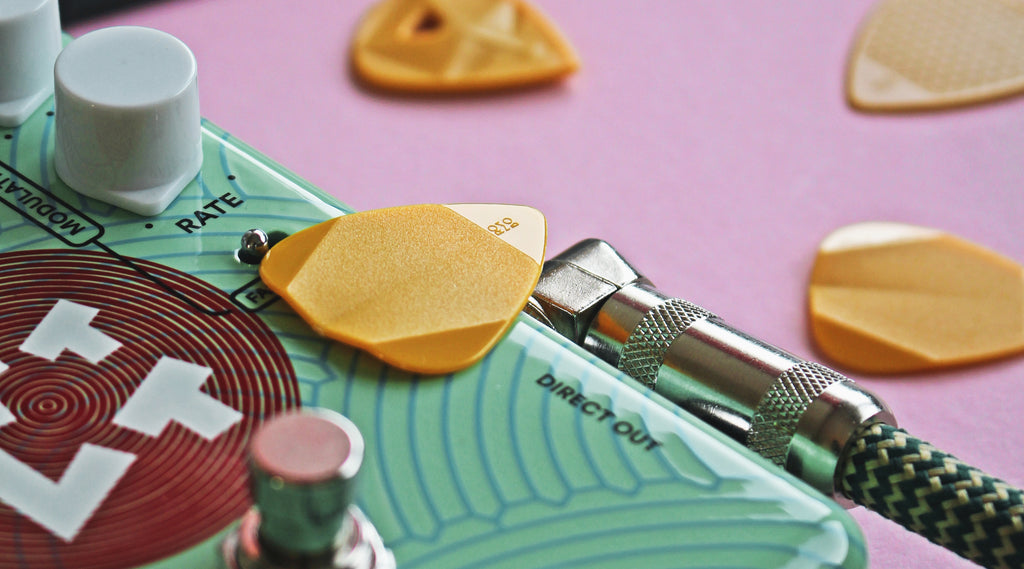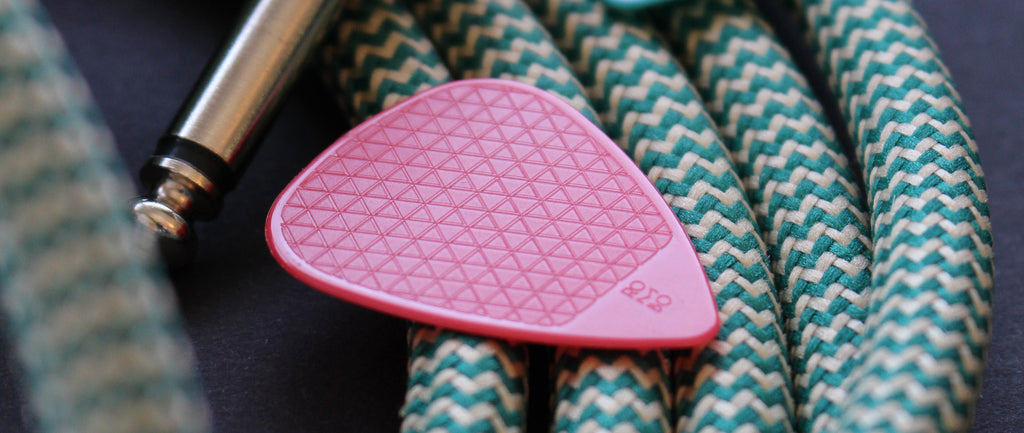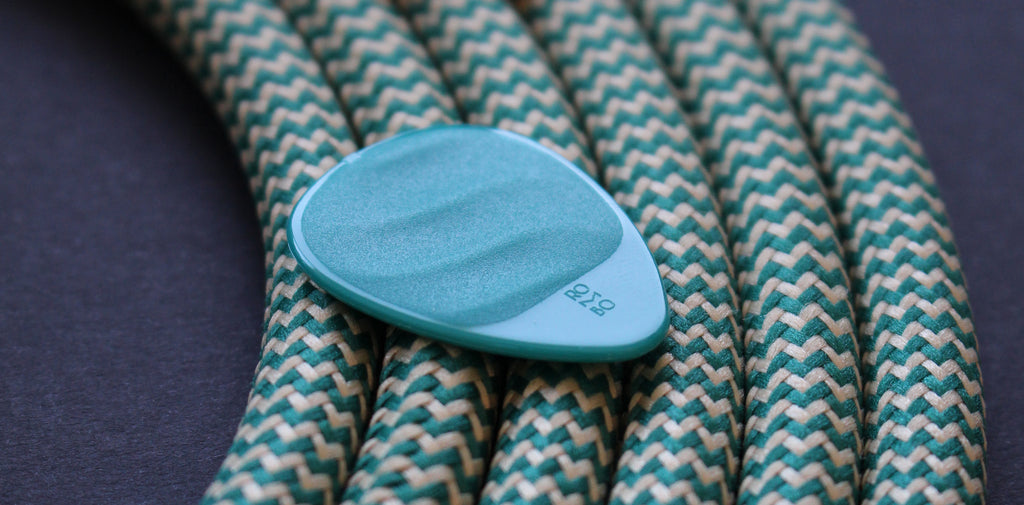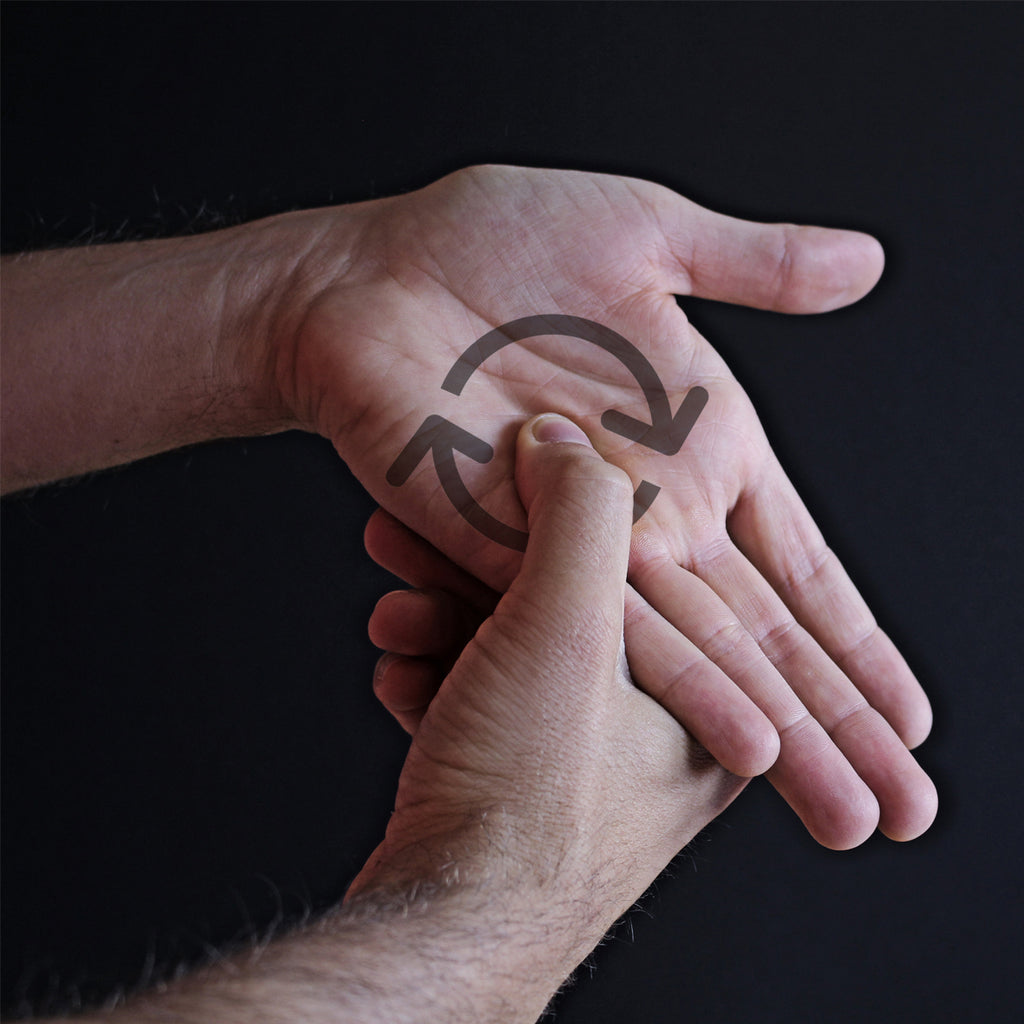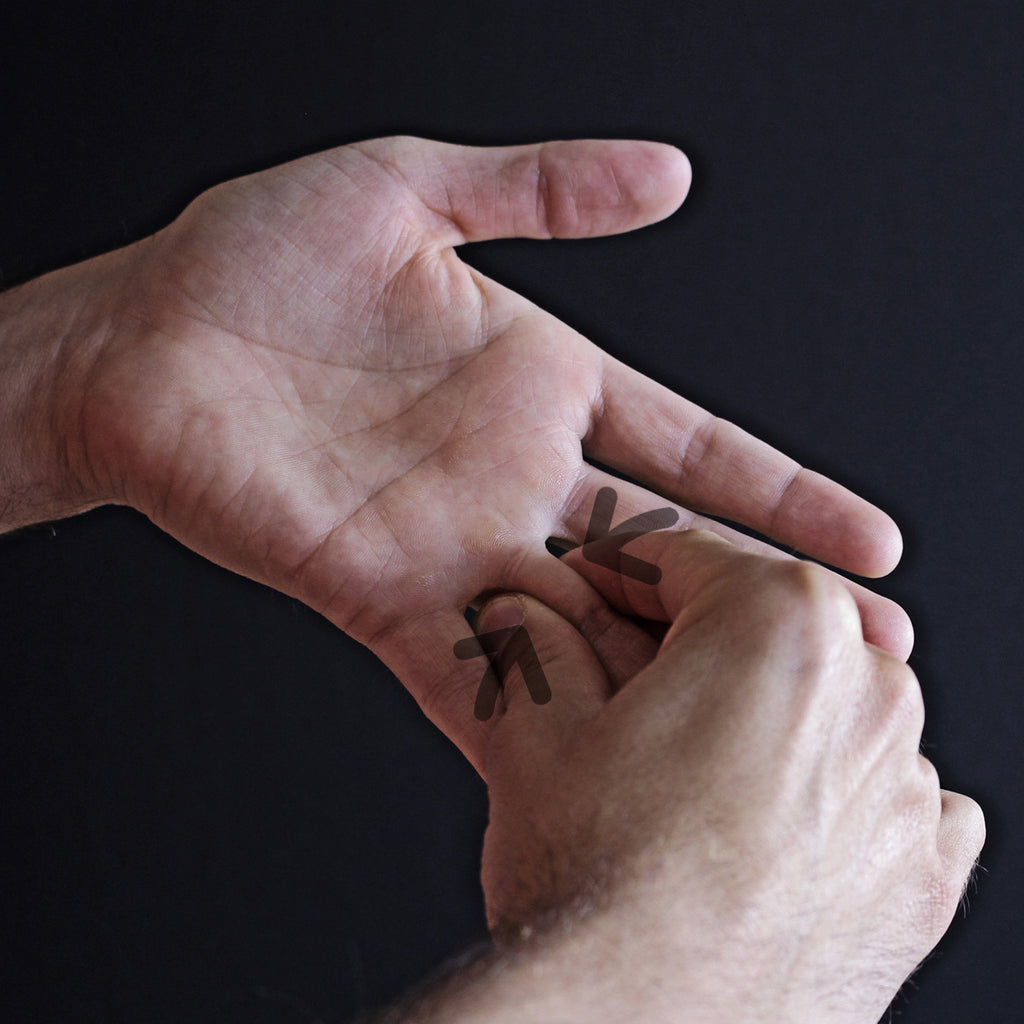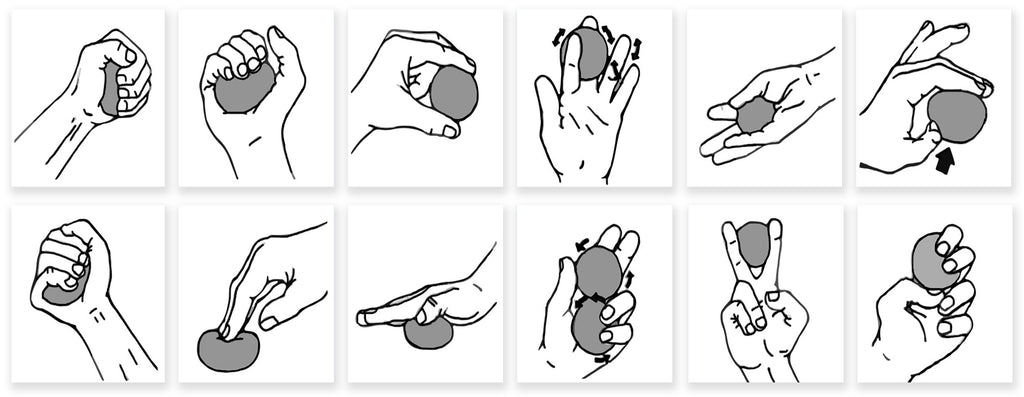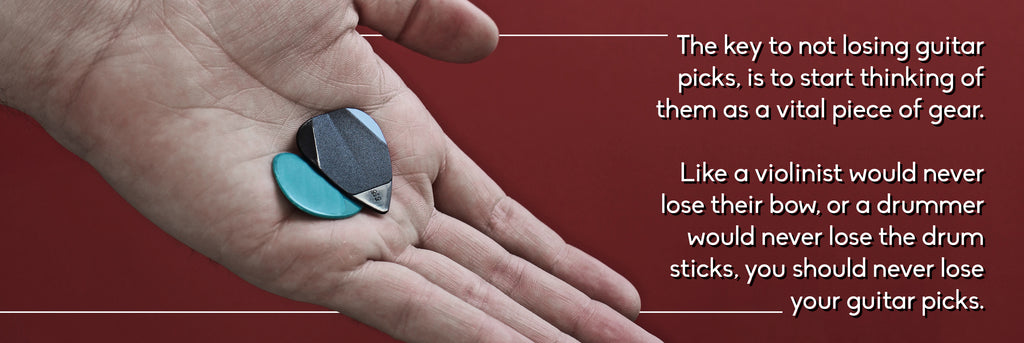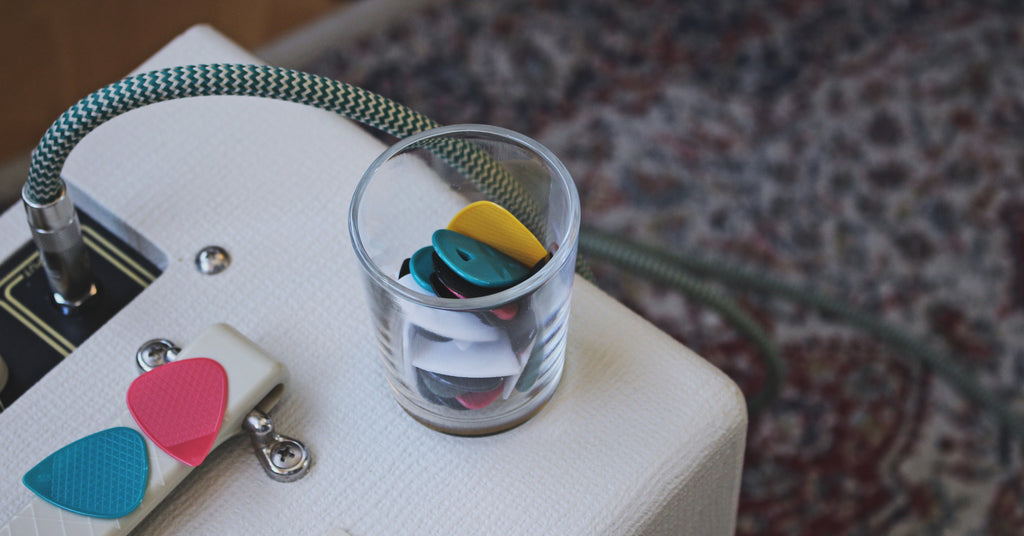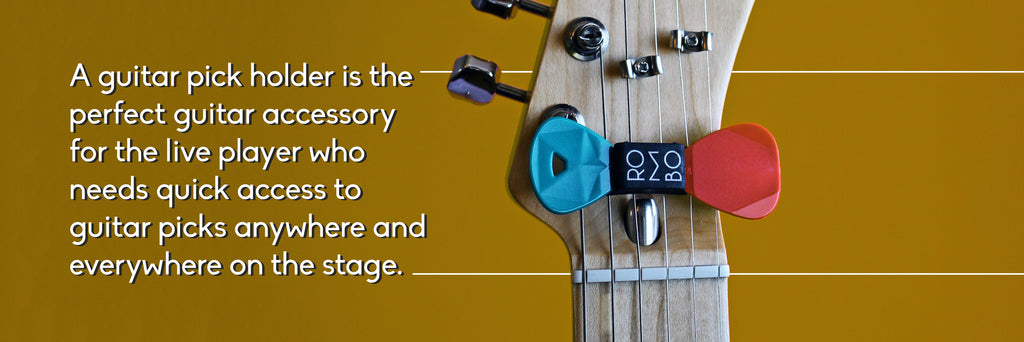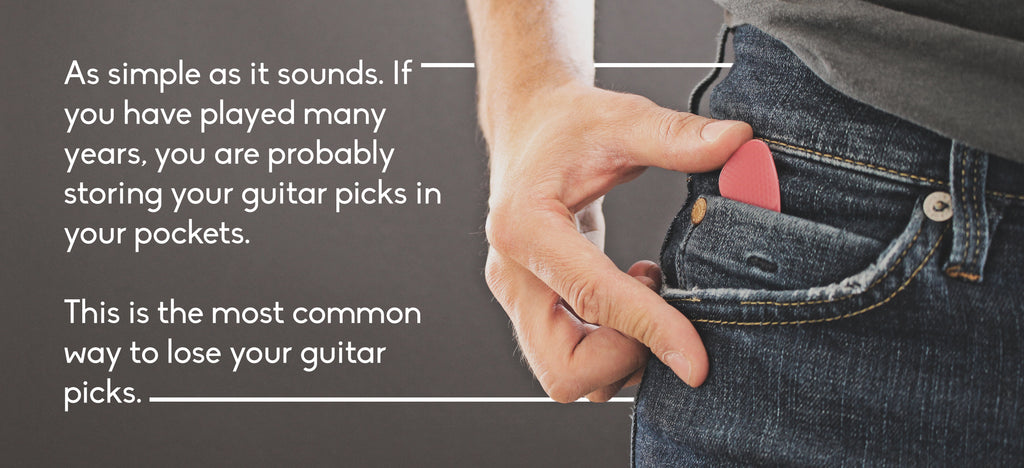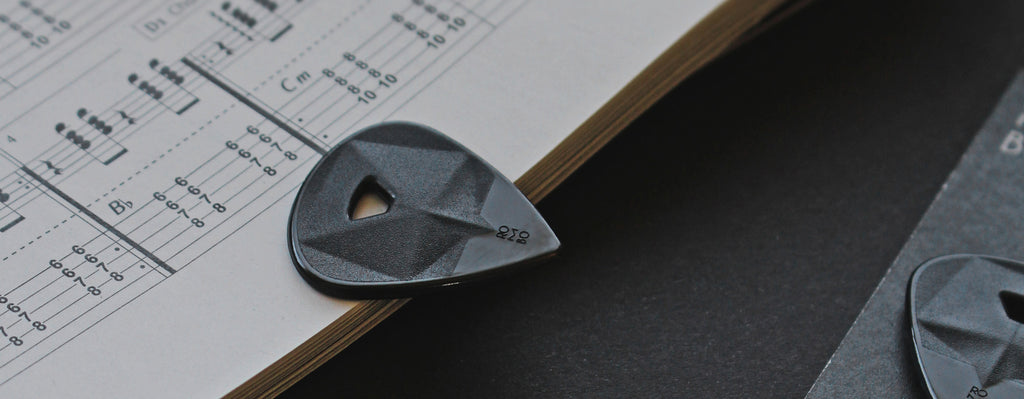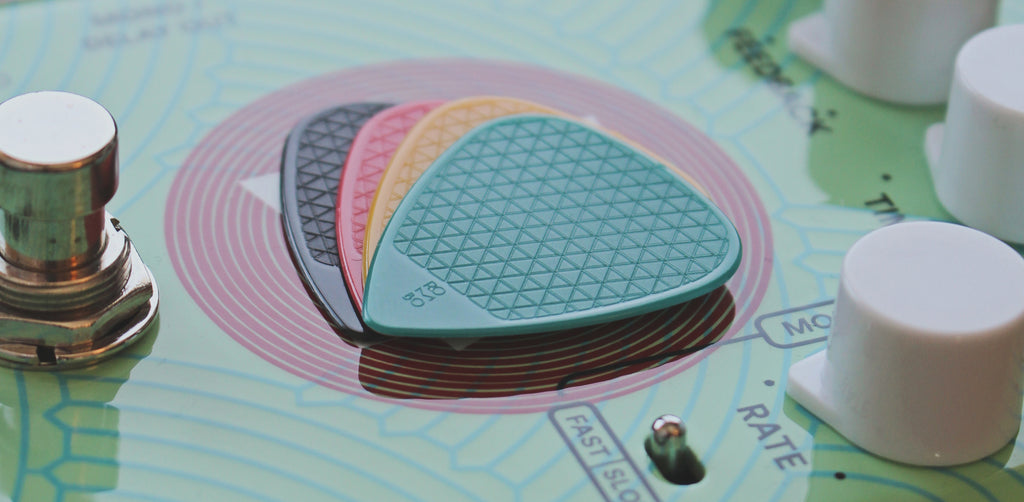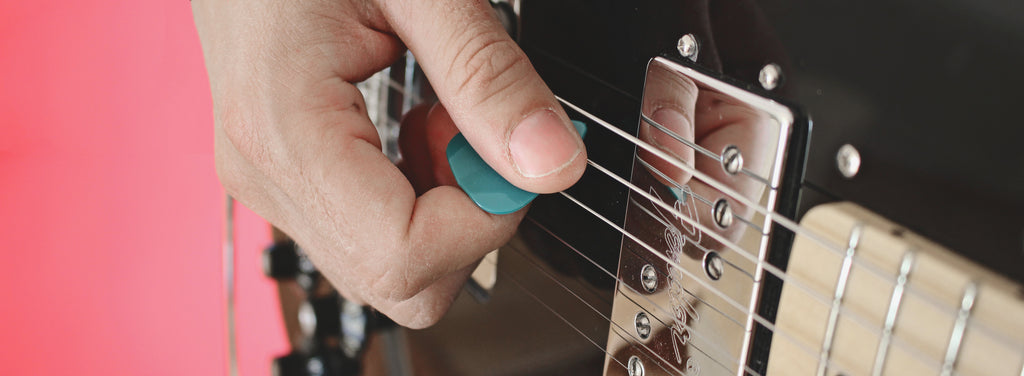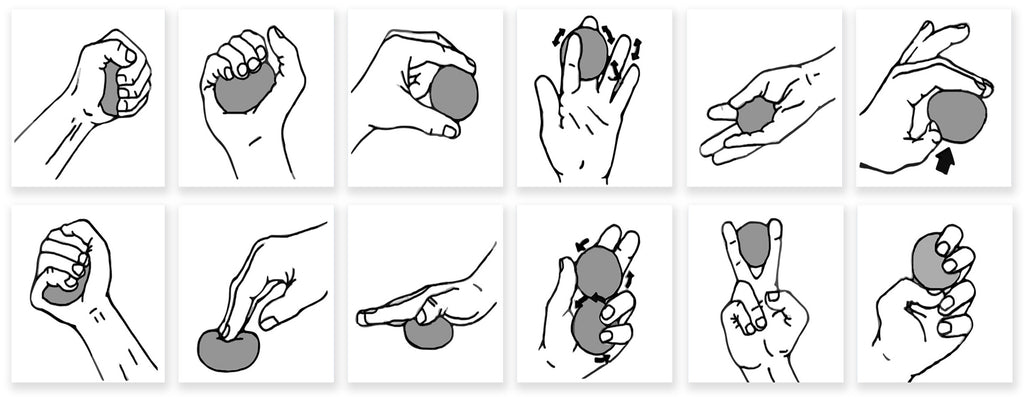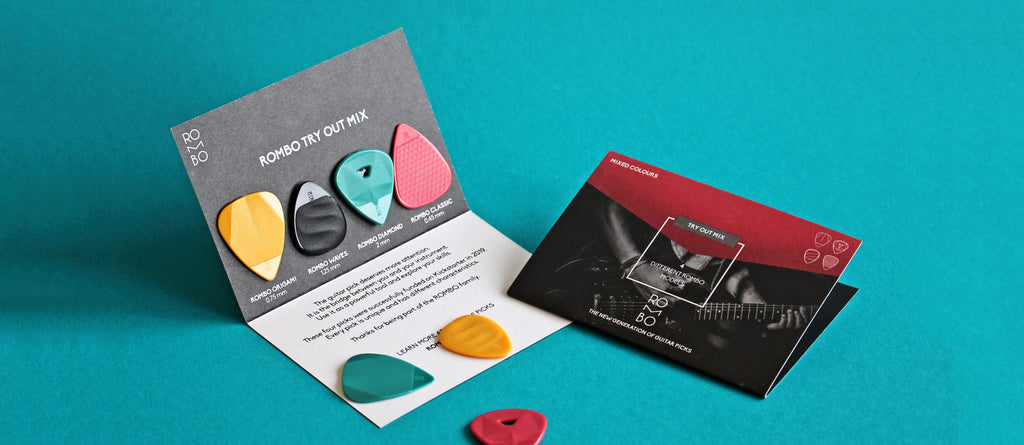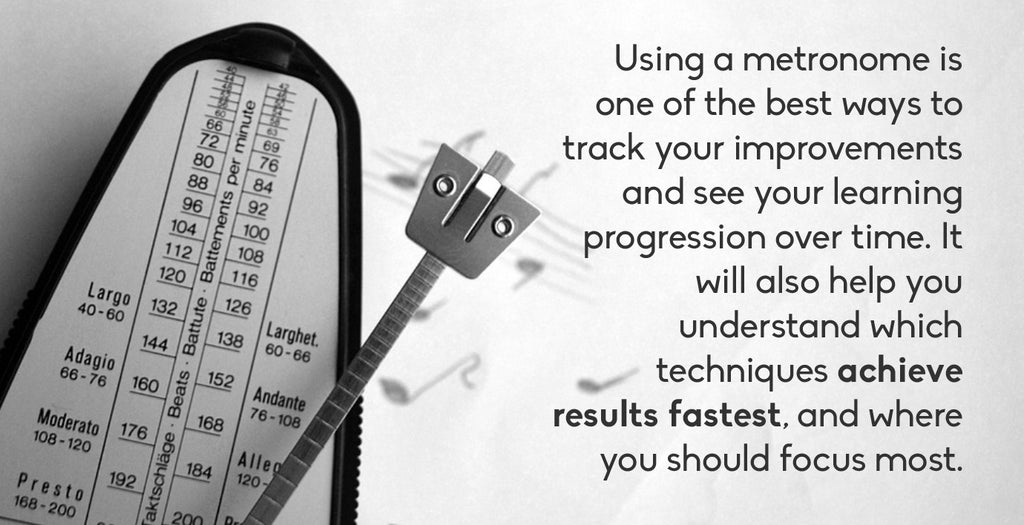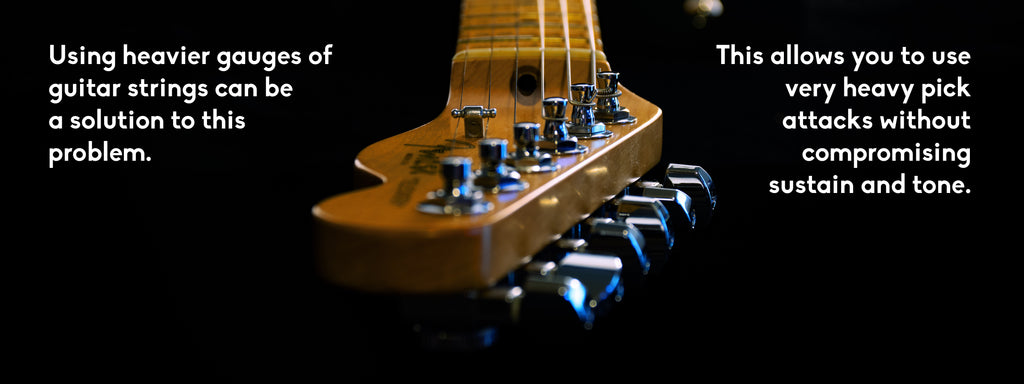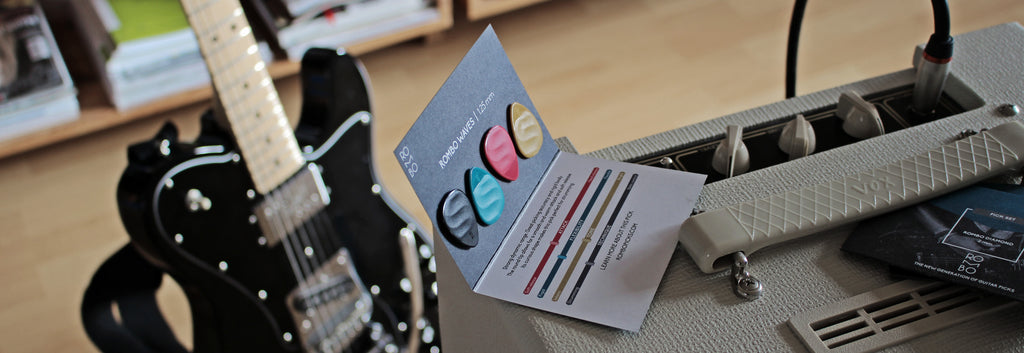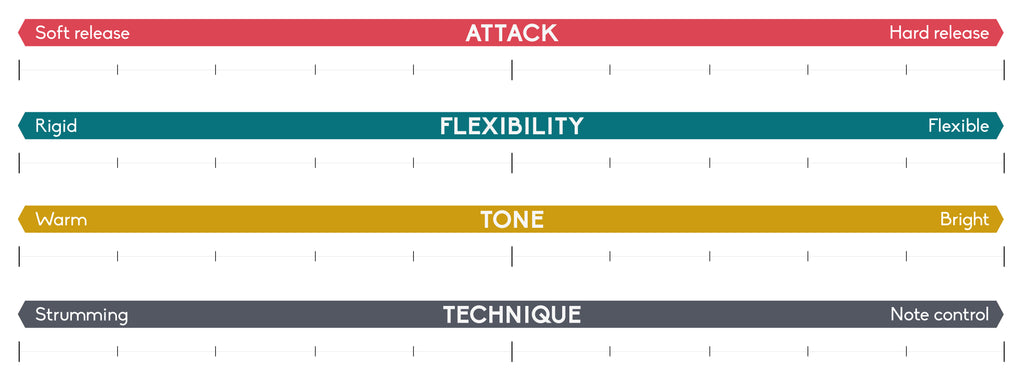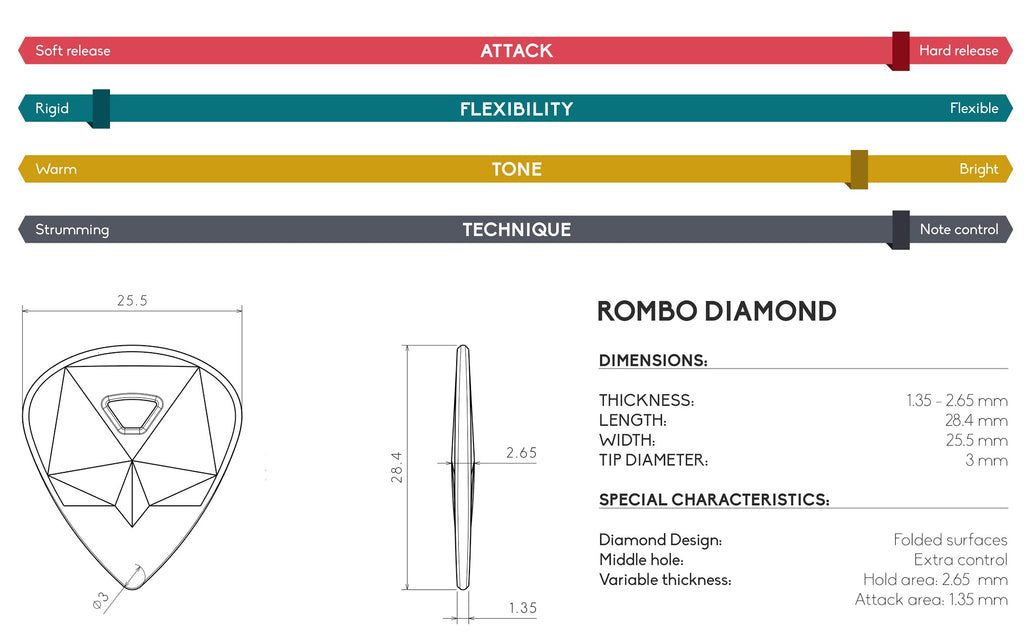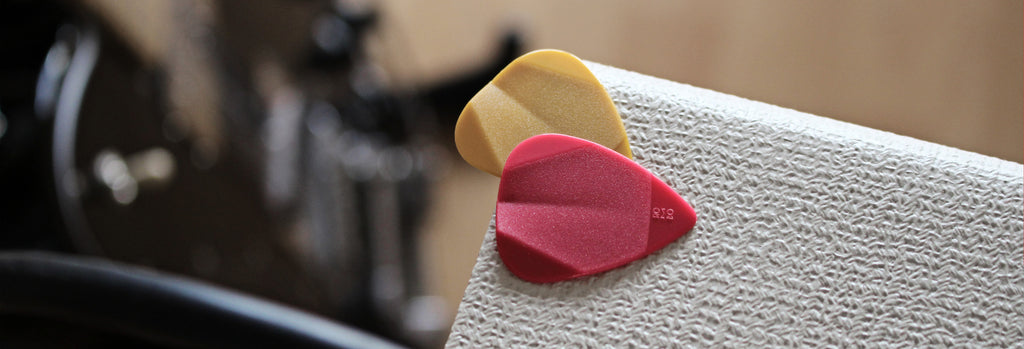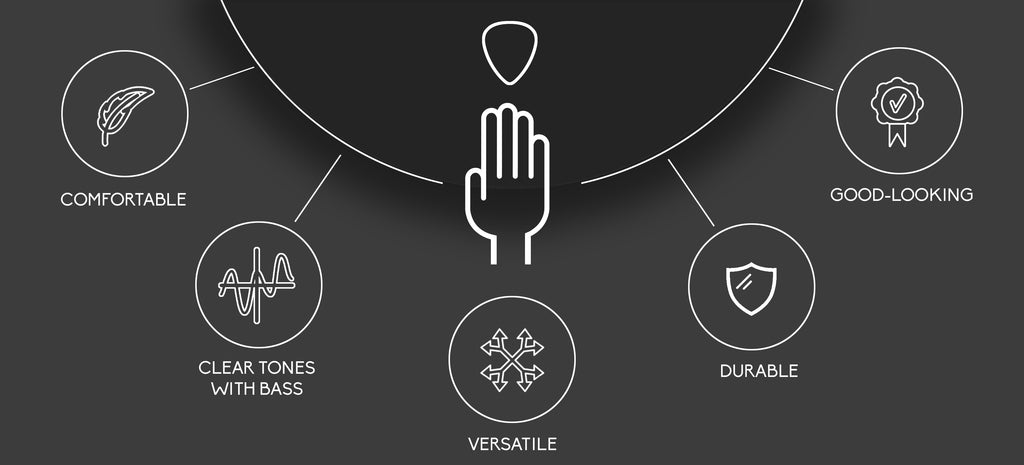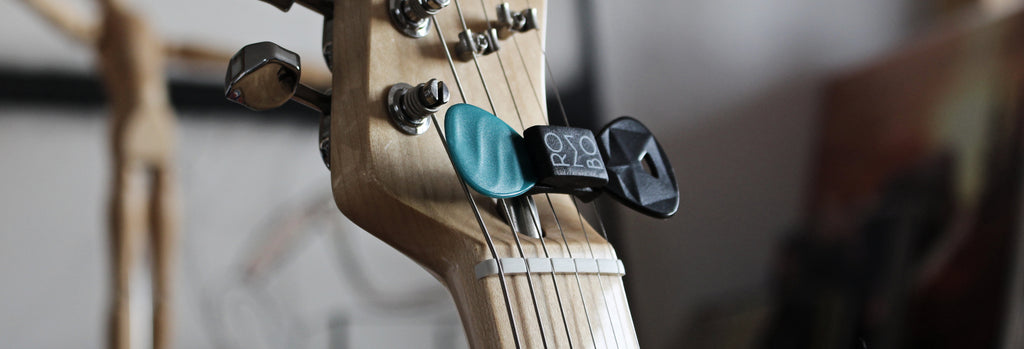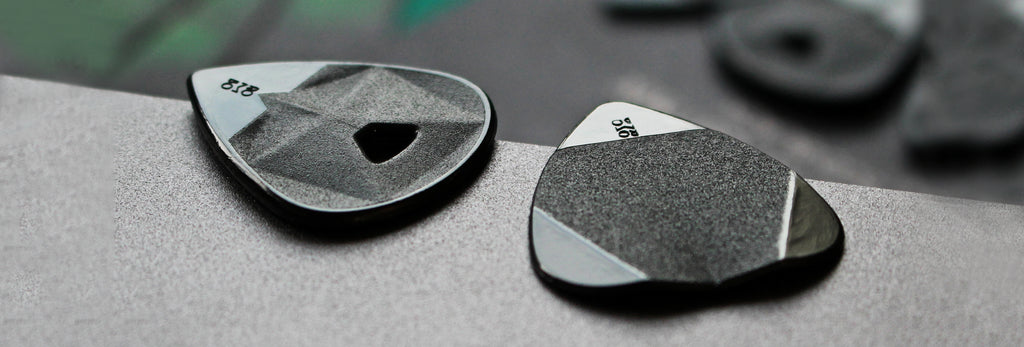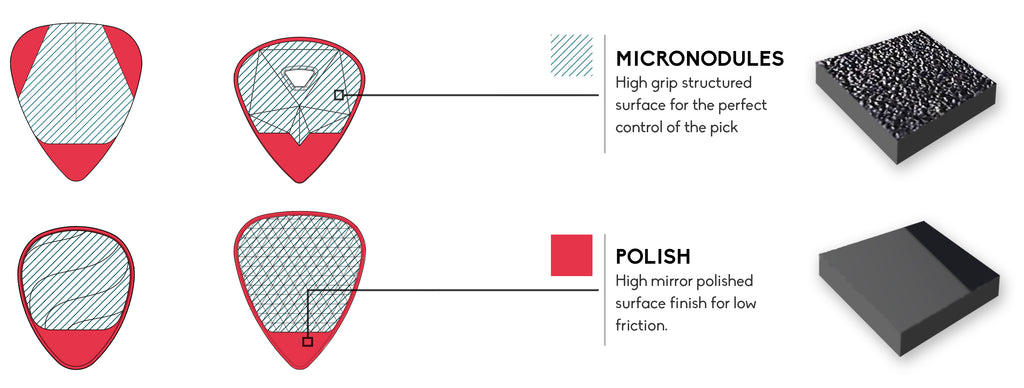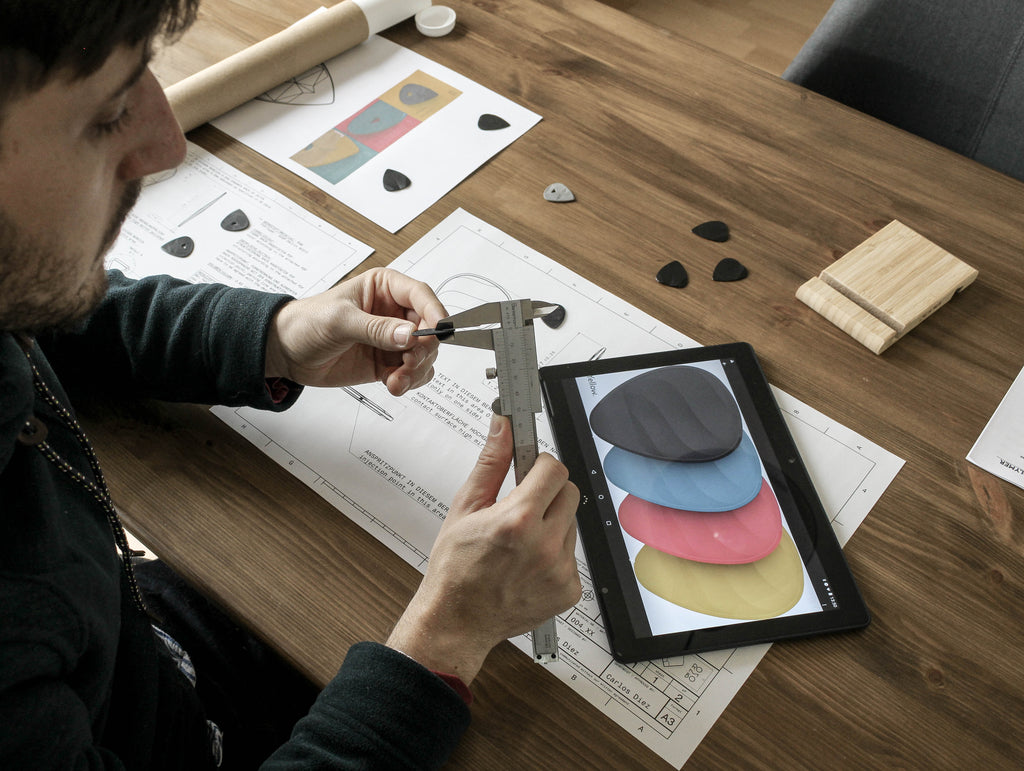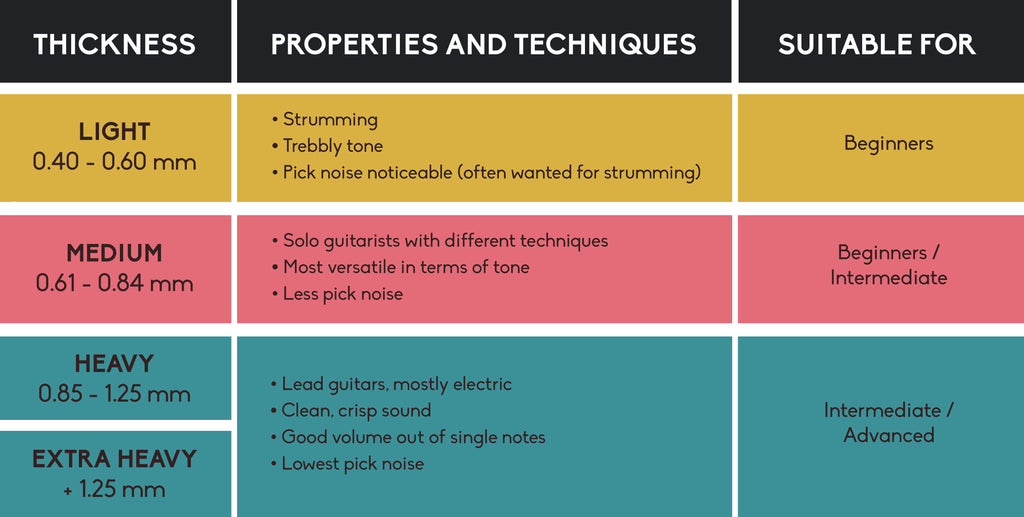Buying a gift for a guitar player is often more stressful than it should be. Musicians are notoriously particular about their gear. They develop deep, almost superstitious bonds with specific equipment, often down to the exact gauge of strings or the shape of the neck.
If you have ever searched for "best gift for guitar players" or "Xmas ideas for guitar players," you have likely encountered a common problem: the fear of buying the wrong thing. If you buy a set of strings, they might be the wrong thickness. If you buy a pedal, it might not fit their musical style.

This guide is designed to cut through the noise. We have curated a list of "safe bet" gifts—items that are universally useful, scientifically engineered to improve the playing experience, and guaranteed to be used rather than gathering dust in a drawer.
Why the Best Gifts Are "Tools for Exploration"
The most impactful gifts for musicians aren't always the most expensive instruments on the wall. They are the tools that break the player out of a creative rut.
Psychologically, guitarists often suffer from the "Paradox of Choice." They stick to the same gear they used when they started learning because it’s comfortable. A thoughtful gift is one that invites them to try something new without the risk of a major financial commitment.
This is why consumables (items that wear out) and exploration kits (items that offer variety) are the gold standard for gifting. They turn the act of receiving a gift into an experience of discovery.
1. The Ultimate "Tone Explorer": A Boutique Guitar Pick Variety Pack
Most non-musicians view guitar picks as simple pieces of plastic. To a guitarist, they are the primary point of contact with the instrument—the steering wheel of their tone.
A common mistake is buying a single "expensive" pick. If the shape or thickness isn't exactly right, it won't be used. The solution? The Variety Pack.
The Rombo Picks Variety Pack

The Rombo Variety Pack solves the "gift-giver’s anxiety" by offering a complete spectrum of textures, thicknesses, and geometries. It is not just a set of picks; it is a toolkit for tonal engineering: LINK
-
Why it works as a gift: It turns the recipient into a researcher of their own sound. They might discover that a thick, 2mm pick gives them more control for solos, while a flexible 0.65mm pick improves their strumming.
-
The "Boutique" Difference: Unlike mass-produced picks, high-end picks like these feature Micronodule Grip Structures to prevent slipping during sweaty practice sessions. The High-Mirror Polished Tips reduce friction, allowing for cleaner, faster playing.
By gifting a variety pack, you aren't guessing their preference; you are giving them the fun of finding it themselves.

Pro Tip: Look for bundles that include practical extras like strap blocks or pick holders. These small additions turn a simple gift into a complete "care package" for their instrument: LINK
2. The Universal Guitar Stand (Nitro-Safe)

There is an old saying: "A guitar in the case is a guitar that doesn't get played."
One of the most thoughtful gifts you can give is the motivation to play. A high-quality, aesthetic guitar stand transforms an instrument from a stored object into a piece of living room furniture, making it easy to pick up and play at a moment's notice.
-
The "Safe Bet" Feature: Look for a Universal A-Frame design. These stands adjust to fit acoustic, electric, and bass guitars, so you don't need to know what instrument they play.
-
Crucial Safety Warning: Ensure the stand is labeled "Nitrocellulose Safe." Many high-end vintage guitars use a lacquer that can react chemically with cheap rubber, causing the finish to melt. Buying a certified nitro-safe stand shows you have done your research and care about their prized possession.
3. A "Trigger-Style" Capo
A capo is a device that clamps onto the neck of the guitar, allowing the player to change the key of a song instantly. While most guitarists own one, they are often cheap, plastic versions that buzz or pull the guitar out of tune.

Upgrading them to a premium Trigger-Style Capo is a luxury they likely won't buy for themselves.
-
Why "Trigger" Style? These can be operated with one hand, making them essential for live performances or quick changes during practice.
-
The Beginner Benefit: If you are buying for a new player, a capo is a "cheat code." By placing it on the 2nd or 3rd fret, it lowers the action (the height of the strings), making difficult chords significantly easier to press down.
4. A Clip-On Strobe or Vibration Tuner
Tuning apps on phones are convenient, but they rely on a microphone. This means they are useless in a noisy room, a pub, or when the drummer is warming up.
A Clip-On Vibration Tuner attaches directly to the headstock of the guitar and detects pitch through the vibration of the wood, not sound waves.
-
Why it’s a great gift: You can never have too many. Guitarists tend to leave tuners in gig bags, on desks, or at rehearsal spaces. Having a high-precision backup—specifically a "Strobe" style tuner for maximum accuracy—is always appreciated.
-
Utility: It allows them to tune silently in the middle of a set or a loud family gathering.
5. The "Spa Day" Maintenance Kit
Guitars are organic instruments. They are made of wood and metal that react to sweat, oils, and humidity. A comprehensive cleaning and maintenance kit is the equivalent of gifting a spa day for their instrument.

-
What to look for: A kit that includes a Microfiber Polish Cloth, String Cleaner (to extend the life of their strings), and Fretboard Conditioner (often lemon oil).
-
The Value: This falls into the category of "practical luxury." Every guitarist needs it, but few enjoy spending their own money on cleaning supplies. Receiving it as a gift feels like a gesture of care for their passion.
Frequently Asked Questions (FAQ)
What is a good gift for a guitar player who has everything? For the guitarist who seems to own every pedal and guitar imaginable, focus on consumables and experience upgrades. A high-end Guitar Pick Variety Pack is ideal because it offers a new tactile experience that might change their playing style. Alternatively, high-quality maintenance tools are always useful and often overlooked.
Why are guitar picks considered a good Christmas gift? Picks are excellent stocking stuffers because they are low-cost but high-value in terms of impact. Changing a pick is the cheapest way to change the sound of a guitar. A variety pack removes the risk of choosing the "wrong" one, as the variety itself is the utility.
Do high-end "boutique" picks actually make a difference? Yes. Unlike standard cheap plastic picks, boutique options like Rombo are engineered for performance. They offer superior grip textures (micronodules) to prevent slipping and polished tips to reduce string noise. They last significantly longer and provide a cleaner attack, making them a noticeable upgrade for any player
How do I choose a guitar gift if I don't know what music they play? Avoid genre-specific gear like distortion pedals or specific songbooks. Stick to universal accessories that work for any style: a sturdy stand, a precise tuner, a comfortable strap, or a variety of picks. These are tools that every musician needs regardless of whether they play jazz, metal, or folk.
Do guitar picks really change the sound of the instrument? Absolutely. The material, thickness, and edge shape of a pick drastically alter the guitar's tone. A thick 2mm pick produces a warm, dark, and precise tone, while a thin 0.7mm pick creates a bright, snappy strumming sound. Giving a player a variety of thicknesses is effectively giving them a "palette" of new sounds to paint with.
What are the best stocking stuffers for musicians? The best stocking stuffers are small, essential tools that players constantly lose or wear out. Top choices include strap blocks (rubber washers that keep the strap safe), clip-on tuners, pick holders, and maintenance fluids like string cleaner. These are low-cost but high-utility items.
Is it safe to buy guitar strings as a gift? Generally, no. String gauge (thickness) is a highly personal preference. If you buy the wrong gauge, the player may not be able to use them, or they could even require the guitar to be re-setup. Unless you know their exact brand and gauge preference, it is safer to stick to picks, capos, or straps.



















































































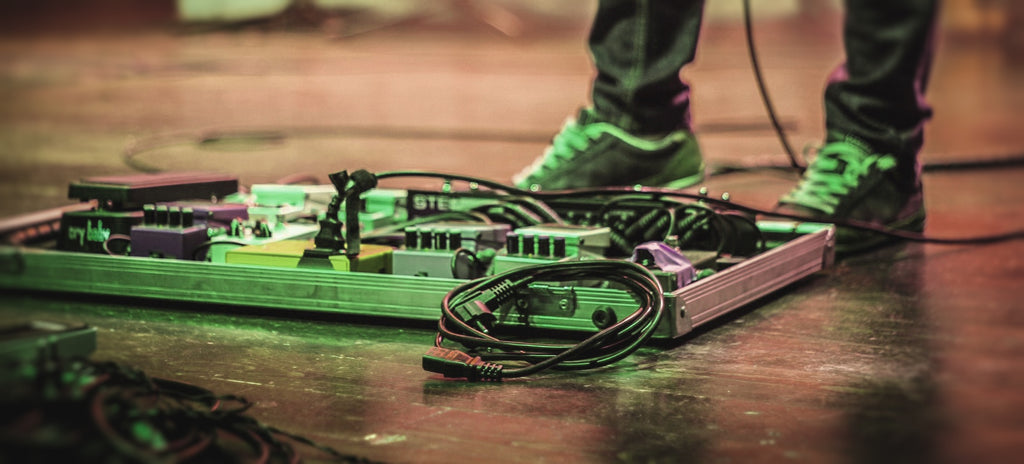


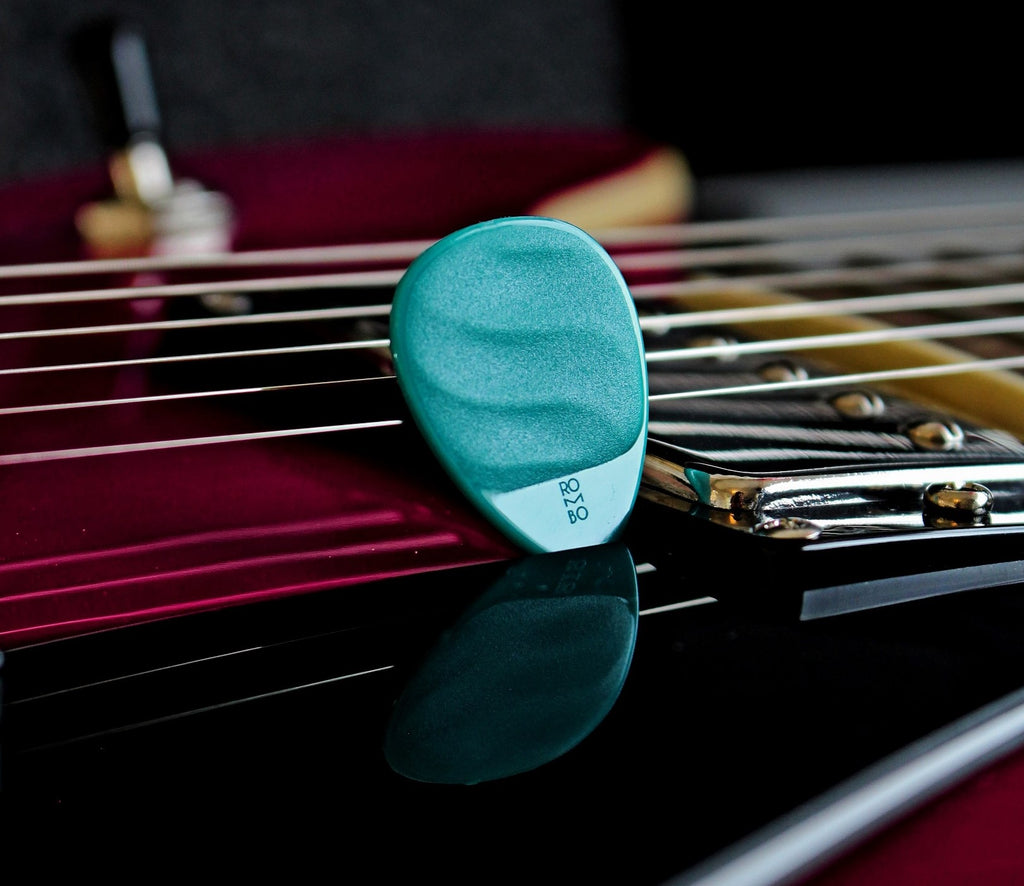











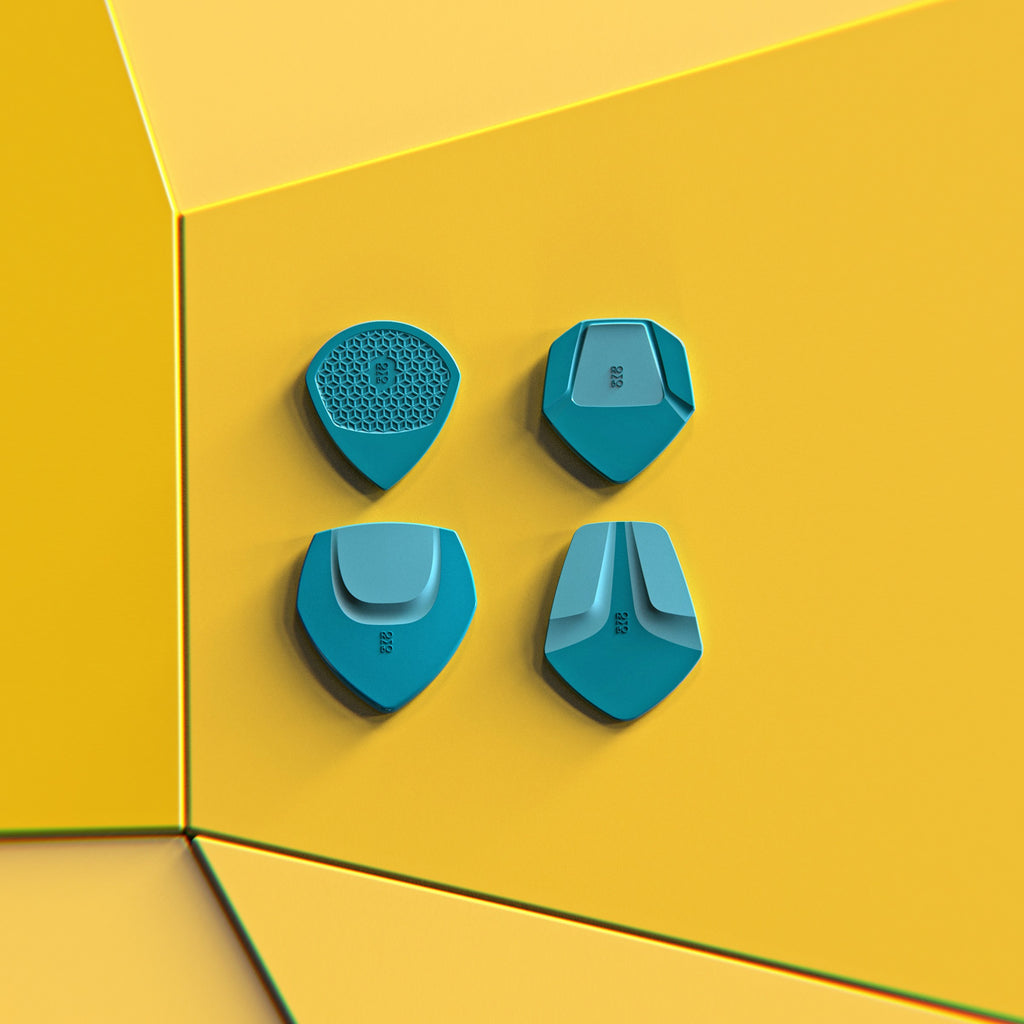

























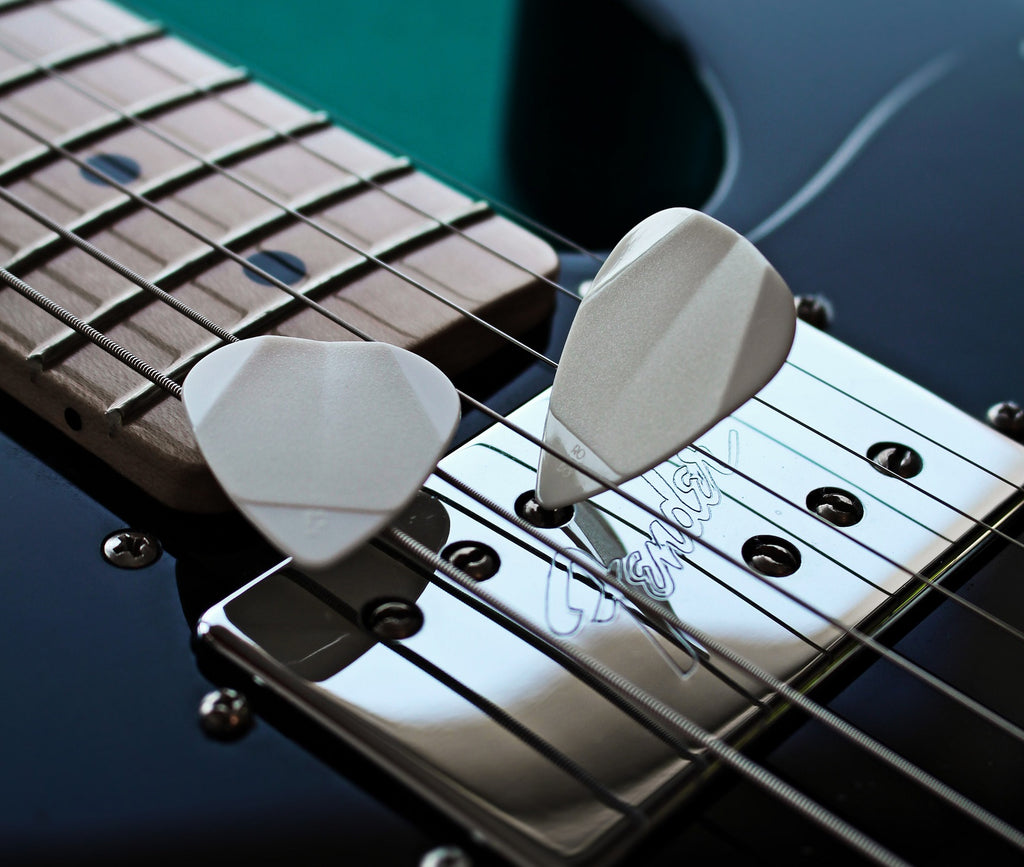





 #If you want to learn more about the differences between thin and thick guitar picks read our article
#If you want to learn more about the differences between thin and thick guitar picks read our article 






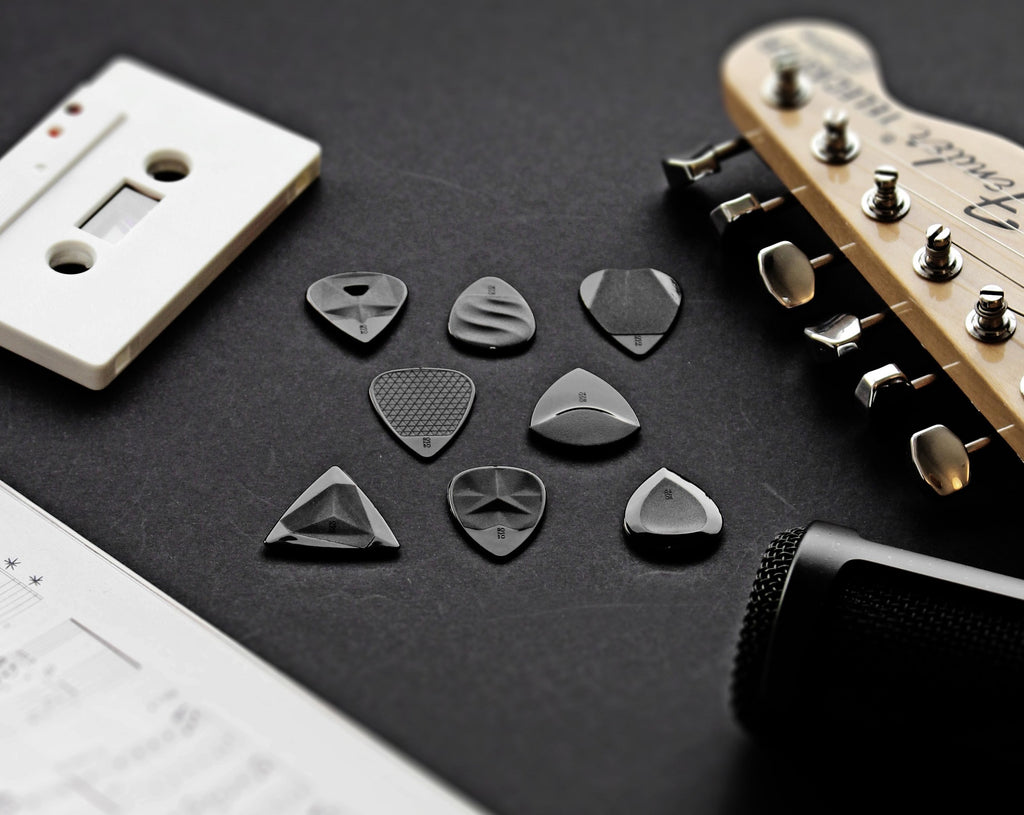

































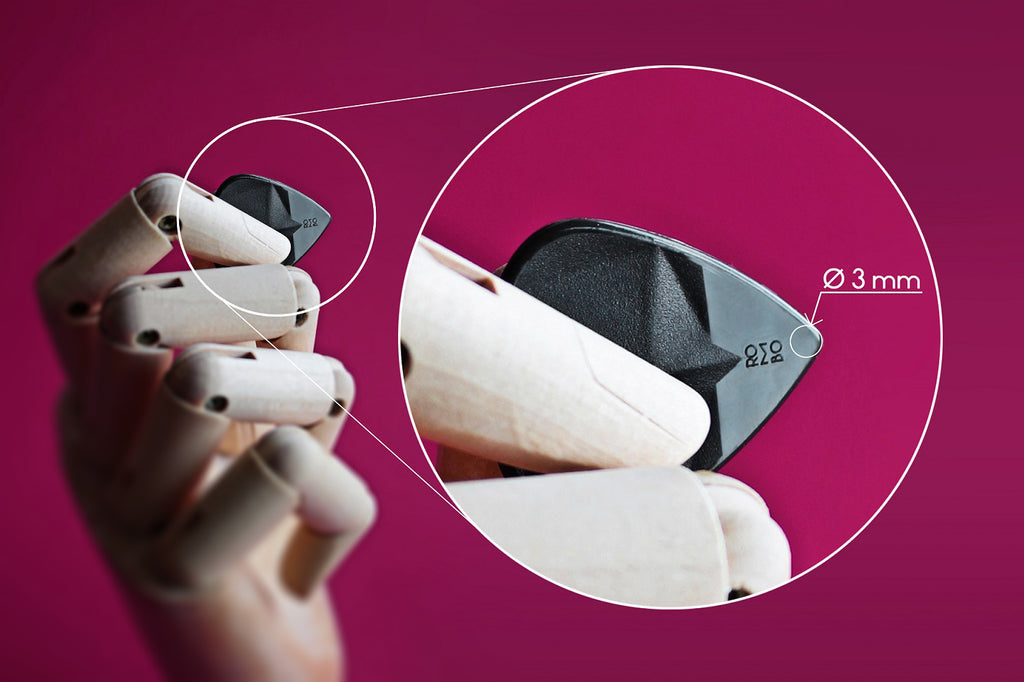









 7. Tipps für fortgeschrittene/fortgeschrittene Gitarristen
7. Tipps für fortgeschrittene/fortgeschrittene Gitarristen


































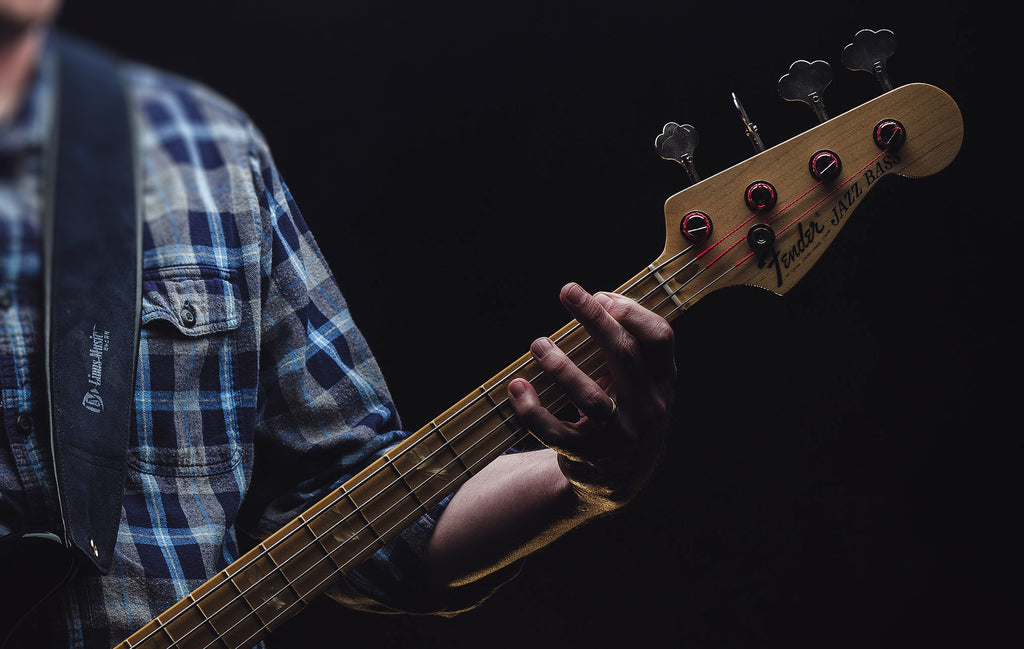














 Rombo Jade Guitar Pick Set in color Honey Yellow
Rombo Jade Guitar Pick Set in color Honey Yellow













